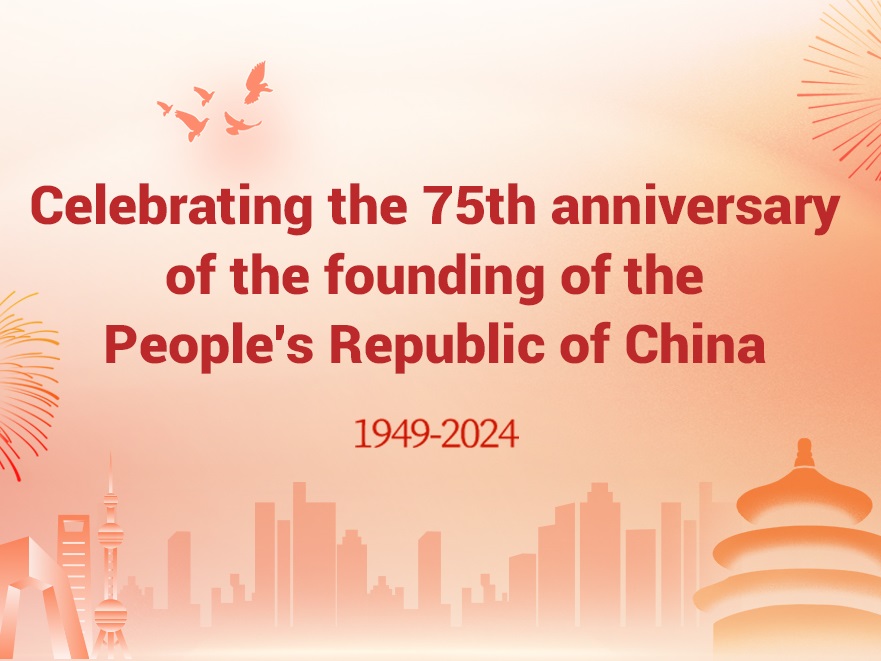The Socialist Republic of Vietnam
Area: 329,556 square kilometers
Population: 96,200,000 (date to April 2019)
Capital: Ha Noi
Administrative divisions: Vietnam is divided into 58 provinces and five municipalities.
Overview:
Vietnam is located in the east of Indochina Peninsula, to its north is China, to its west are Laos and Cambodia, to its east and south is the South China Sea. The coastline stretches 3,200 kilometers.
Economy:
GDP: $244.8 billion
Per capita GDP: $2,587
GDP growth rate: 7.08 percent
Currency code: Dong
Resources:
Vietnam has an abundance of mineral resources, including coal, iron, titanium, manganese, chromium, aluminum, tin, and phosphorus. The reserves of coal, iron and aluminum are large. There are 6,845 kinds of marine organisms, including 2,000 species of fish, 300 species of crab, 300 kinds of shellfish and 75 species of shrimp. The forest area is about 10 million hectares.
Industry:
In 2018, Vietnam's industrial index increased by 10.2 percent. The main industrial products are coal, crude oil, natural gas, liquefied gas, and aquatic products.
Agriculture:
Vietnam is a traditional agricultural country, the agricultural population accounts for about 75 percent of the total population. Arable land and forest land account for 60 percent of the total area. Food crops mainly include rice, corn, potatoes, sweet potatoes and cassava, and cash crops include coffee, rubber, pepper, tea, peanuts, sugar cane, etc. In 2018, the total output value of agriculture, forestry and fishery industries accounted for 14.57 percent of its total GDP, an increase of 3.76 percent over 2017. The output value of agriculture, forestry and fishery increased by 2.89 percent, 6.01 percent and 6.46 percent, respectively.
Tourism:
Vietnam possesses rich tourist resources and numerous scenic spots. Vinh Ha Long has been included in the UNESCO World Cultural Heritage list. In recent years, the tourism industry has been growing rapidly, with remarkable economic benefits. In 2018, about 15.5 million foreign tourists were received, an increase of 19.9 percent over the previous year, as tourists mainly come from countries such as China, Korea, Japan, the United States, Malaysia, Australia, Thailand, and France.
Popular scenic spots in Vietnam include the Hoan Kiem Lake, Ho Chi Minh Mausoleum, Cu Chi Tunnels and Vinh Ha Long.
Foreign trade:
Vietnam has trade relations with more than 150 countries and regions in the world. In recent years, foreign trade has played an important role in stimulating Vietnam's economic development. In 2018, the total volume of import and export trade was about $482.2 billion, of which the export value was $244.7 billion, up 13.8 percent, and the import value was $237.5 billion, an increase of 11.5 percent.
Vietnam's main trading partners are China, the United States, the European Union, ASEAN, Japan and South Korea. The main exports are: crude oil, clothing textiles, aquatic products, footwear, rice, wood, electronics, and coffee, which will be exported to markets including the European Union, the United States, ASEAN, Japan, and China. The main imports are: automotive, mechanical equipment and parts, refined oil, steel, textile raw materials, and electronic products and parts, which will be imported to China, ASEAN, Korea, Japan, the European Union, and the United States.


